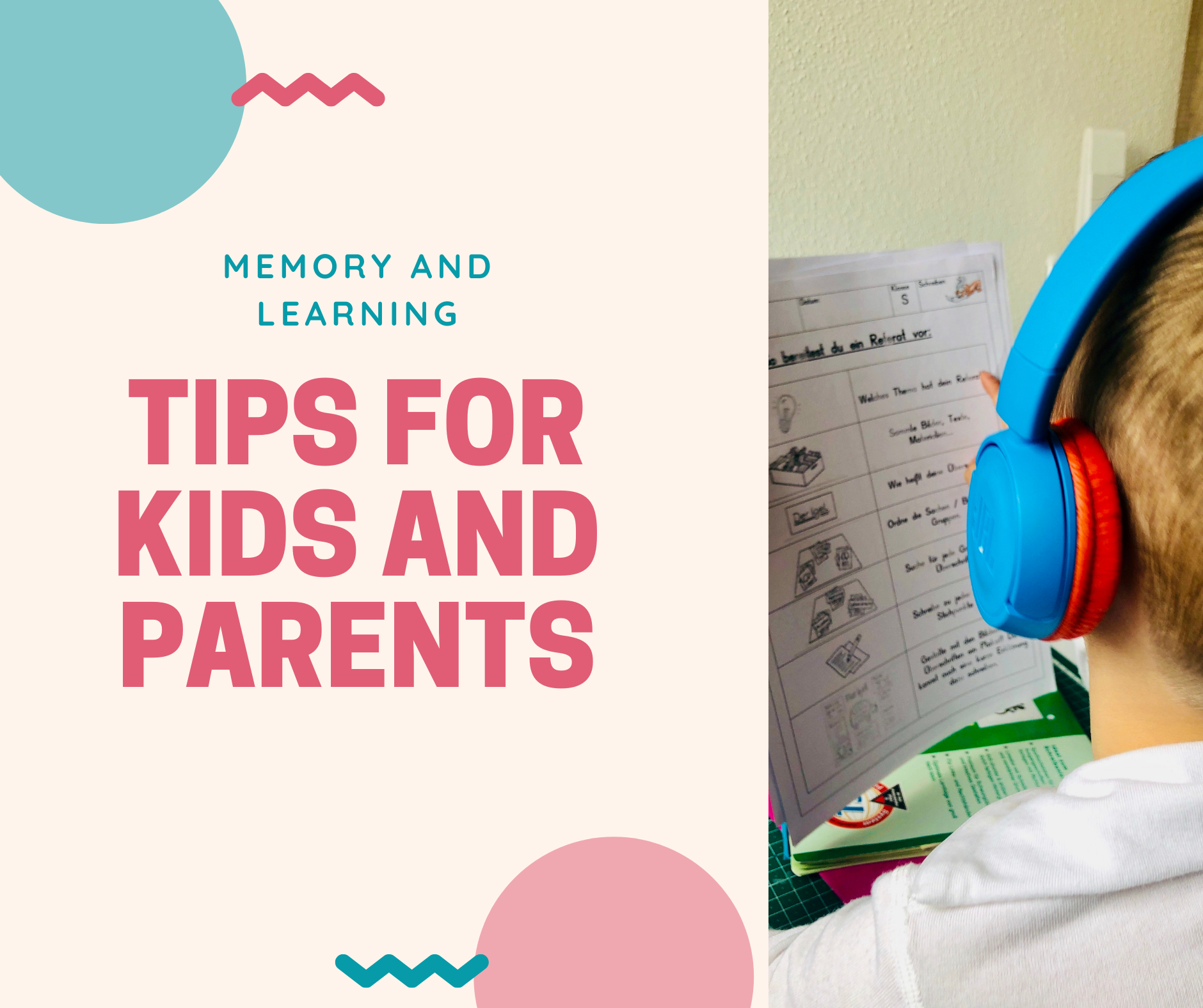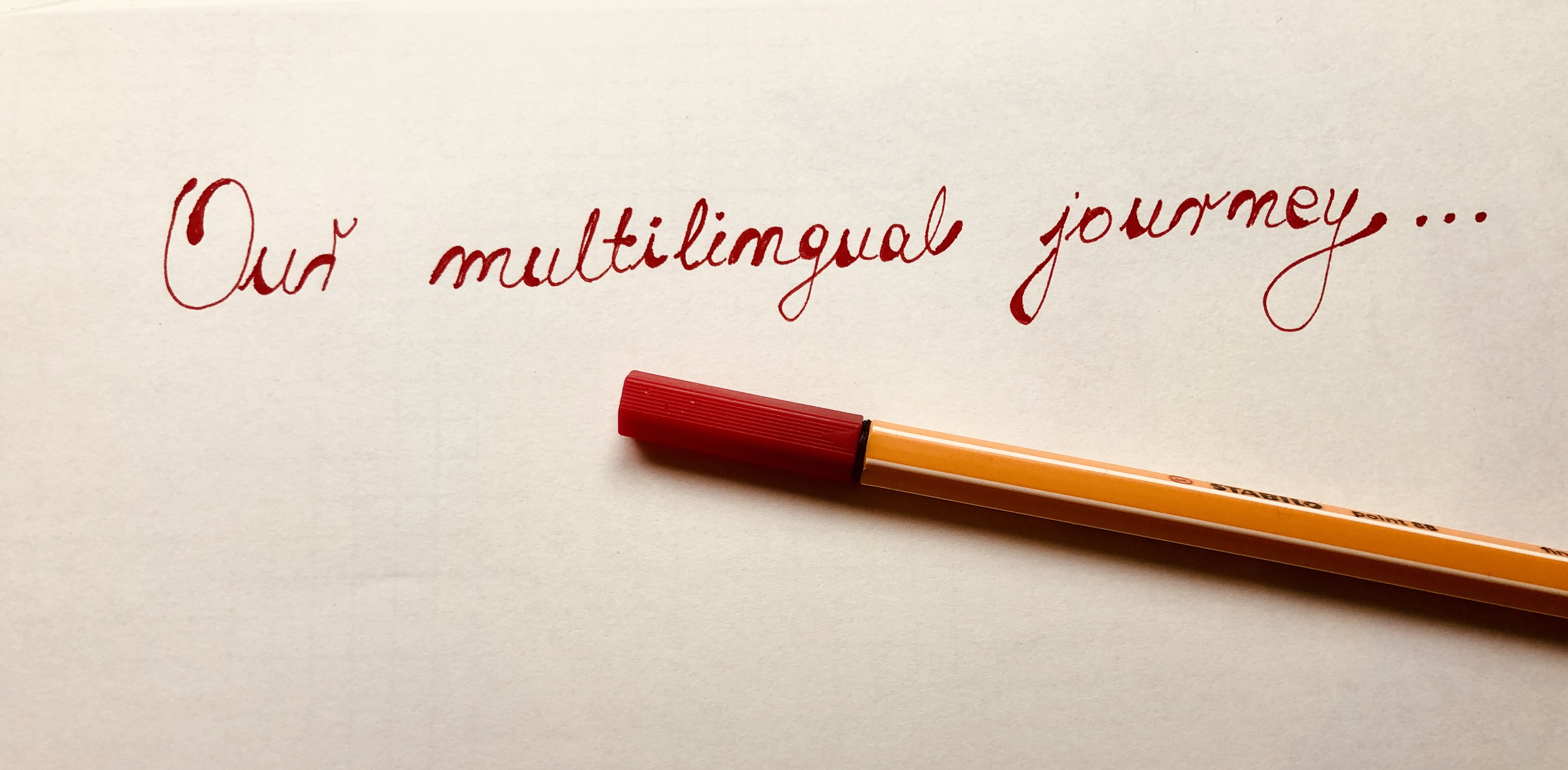Why is play important?
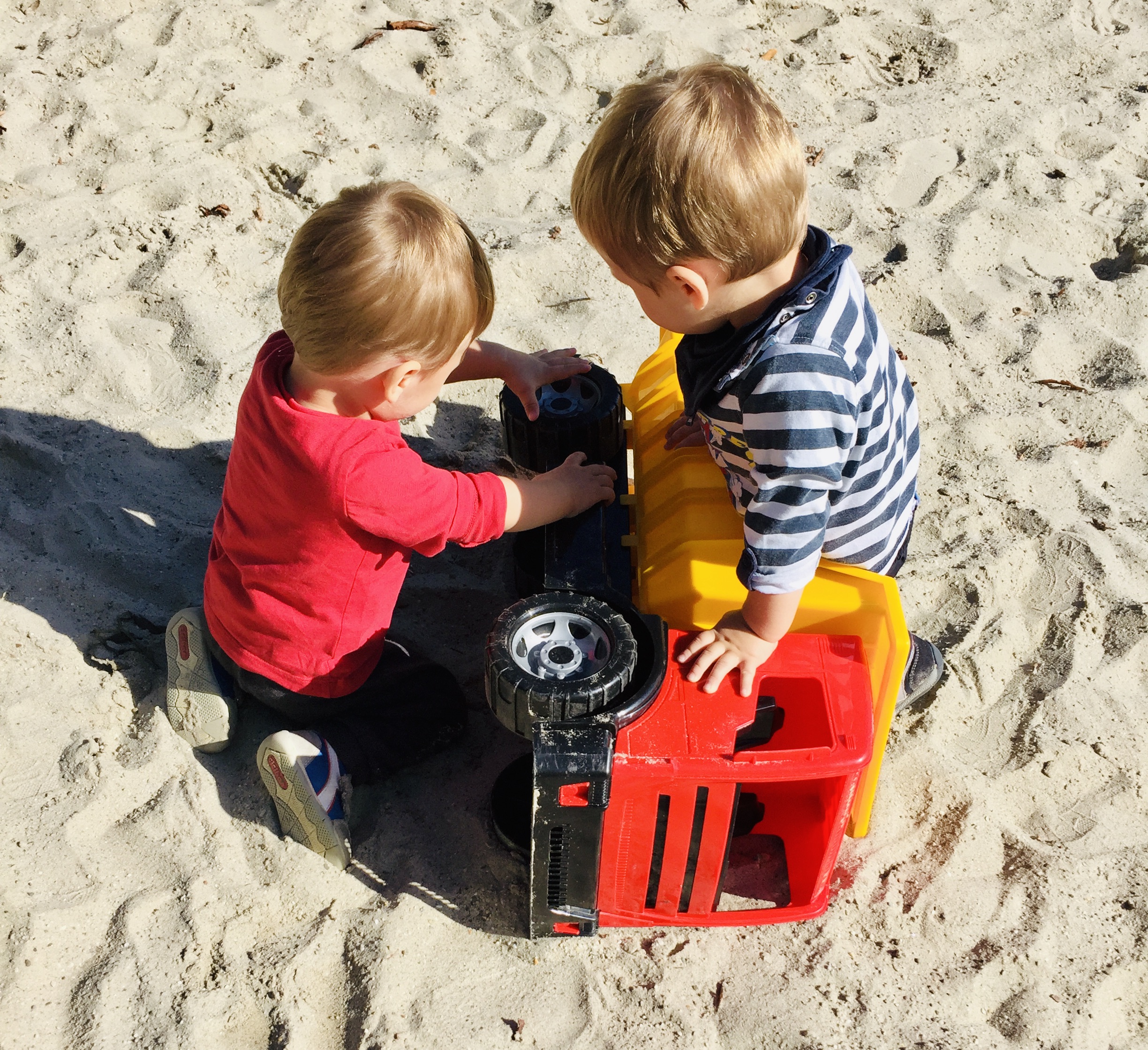
Many people intuitively know that play is essential in the early years. It is something children just do. They play. Give your baby a bottle filled with rice, and they play with it. Give your toddler a branch, and suddenly they are in the jungle pretending to be a snake. Give your preschooler some flour, water and food colours, and you can finish your emails while they are deep into making their spaceships. For children, everything is (and should be) fun and games.
Different types of play
Running, climbing, pretending, building, observing, 'rough-and-tumble', drawing, modelling… these are all different kinds of play. Some of them are unstructured and free, creative and imaginative, quiet or a bit too loud. Others are structured and more organised. Sometimes children want to play by themselves – no parents allowed, and sometimes they won't stop nagging for someone to play with them. And all of them help children learn and develop.
“Children need the freedom and time to play. Play is not a luxury. Play is a necessity.” [i]
Physical play is the earliest to evolve, and it includes activity play, fine-motor practice and 'rough-and-tumble' play. It helps children hone their coordination, balance, strength, gross-motor skills (large movements like crawling, walking, catching and throwing a ball) and fine-motor skills (smaller movements like picking up smaller objects, undoing buttons, tying shoelaces). Don't forget that physical play helps children use up their natural stores of energy, which is one great reason to let them play outside.
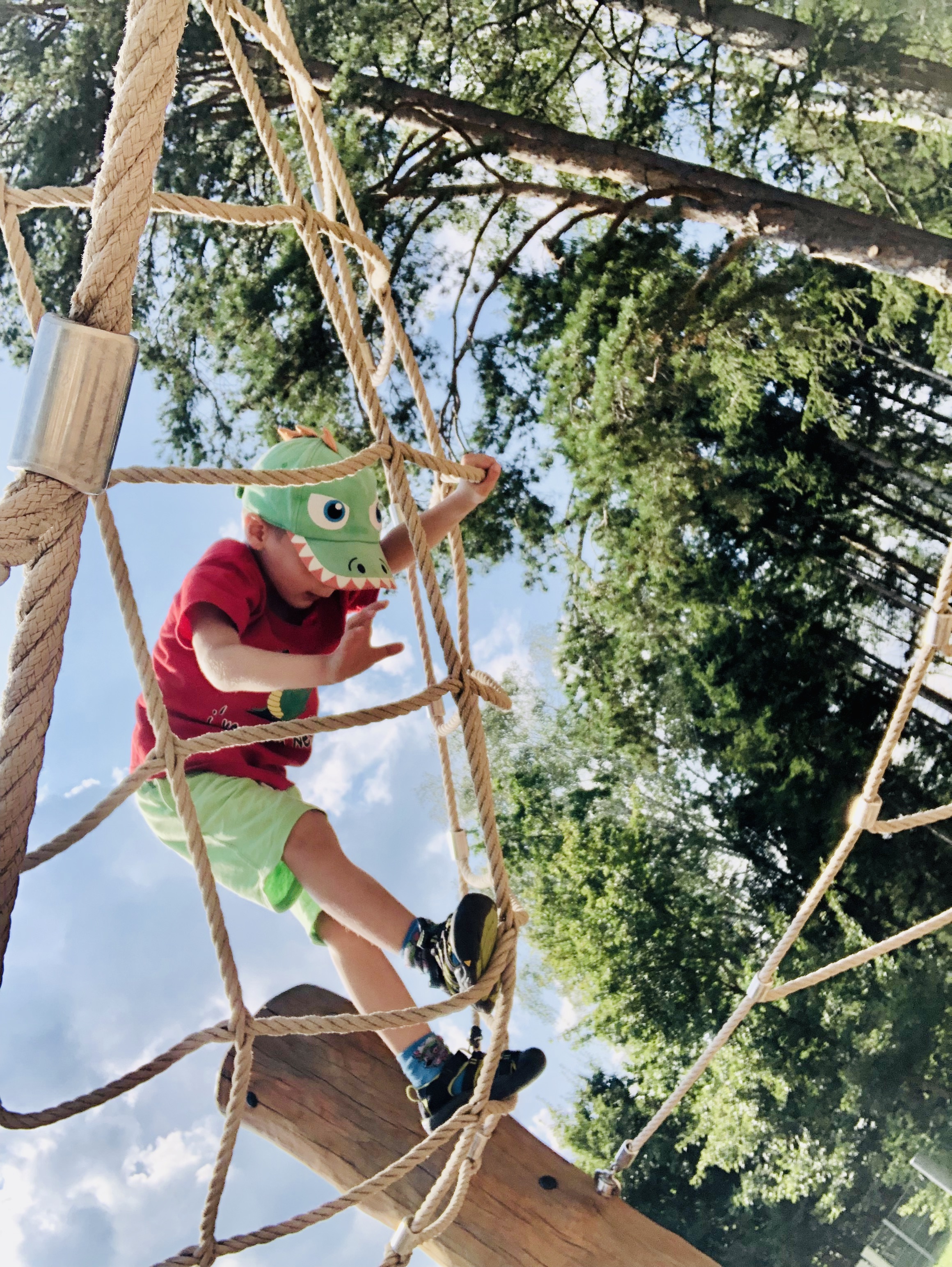
Play with objects begins as soon as infants can grasp and hold on to them. What they usually do is mouthing/biting, rotating while looking, rubbing/stroking, hitting and dropping. During this phase, children learn that a toy falls if they drop it. They keep repeating this action over and over again, but not to annoy us (even though it sometimes seems like this is their goal). They keep repeating these actions because they remember the pattern. It is predictable, and this is how they learn that they can manipulate their world.
Symbolic play usually starts at around 12 months of age, which is when children first begin to use sounds to convey meaning intentionally. This means that they start using different representational systems, such as language, drawings, and writing, to make and communicate meaning.
Pretend play is one type of symbolic play. It begins when children develop the ability to use objects, actions or ideas to represent other objects, actions, or ideas as play. When children start talking into a banana pretending it is a phone, or when sticks become snakes, and dirt turns into pixy dust, it is a sign that they have entered the phase of pretend play. Around the age of 4, this type of play becomes even more advanced. Children start taking on multiple roles, and their play includes highly imaginative themes with various plans and sequences. It is impressive to see what ideas their mind can create. A pile of stones becomes a spaceship, and one kid pretends to be a captain, executive officer, and an engineer.
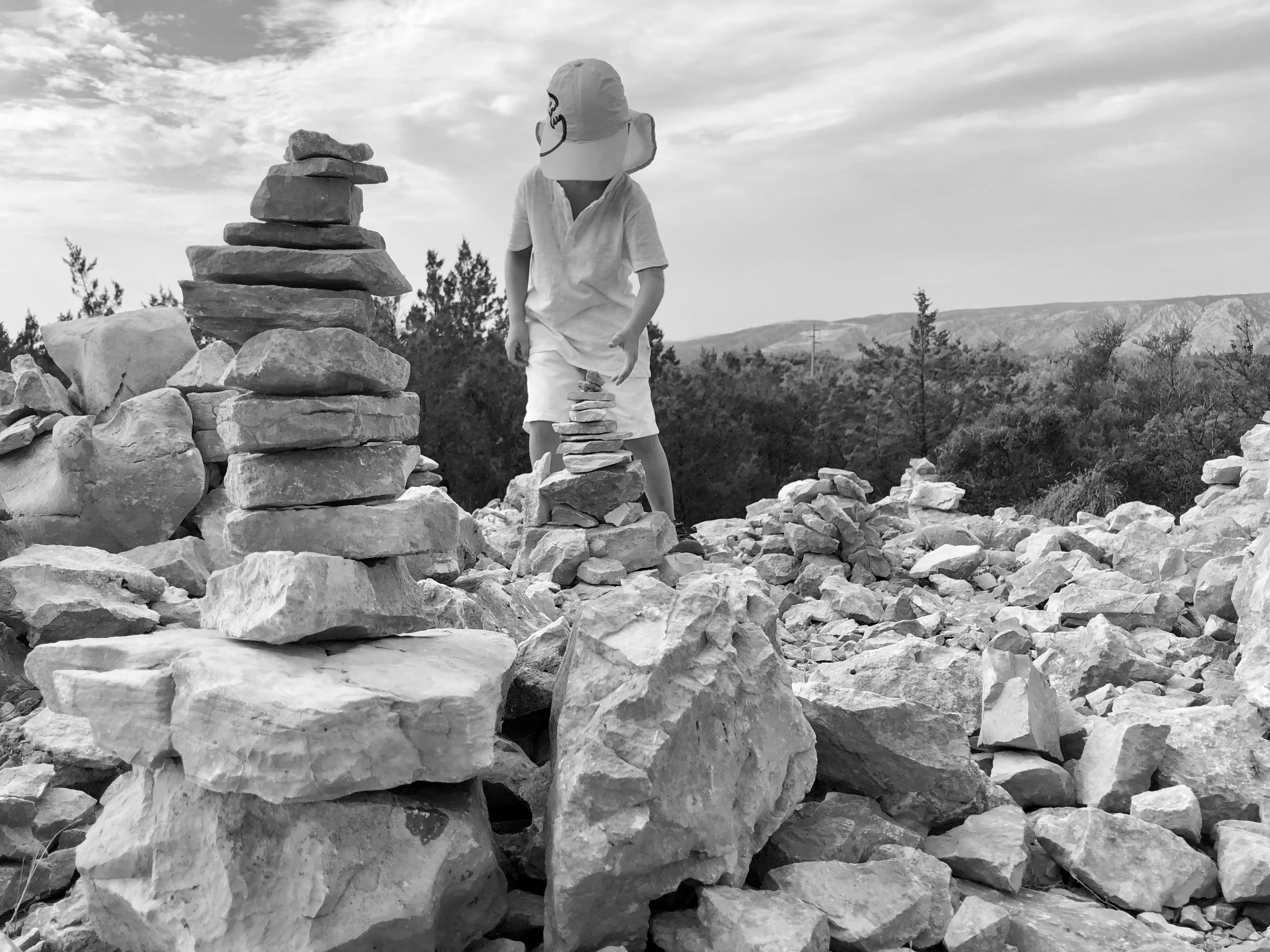
Games with rules help children make sense of their world. In young children, a considerable proportion of the time and energy spent playing games is devoted to establishing, agreeing, modifying and reminding one another about the rules. These include playground games such as chasing, hide-and-seek, throwing and catching, and board games.
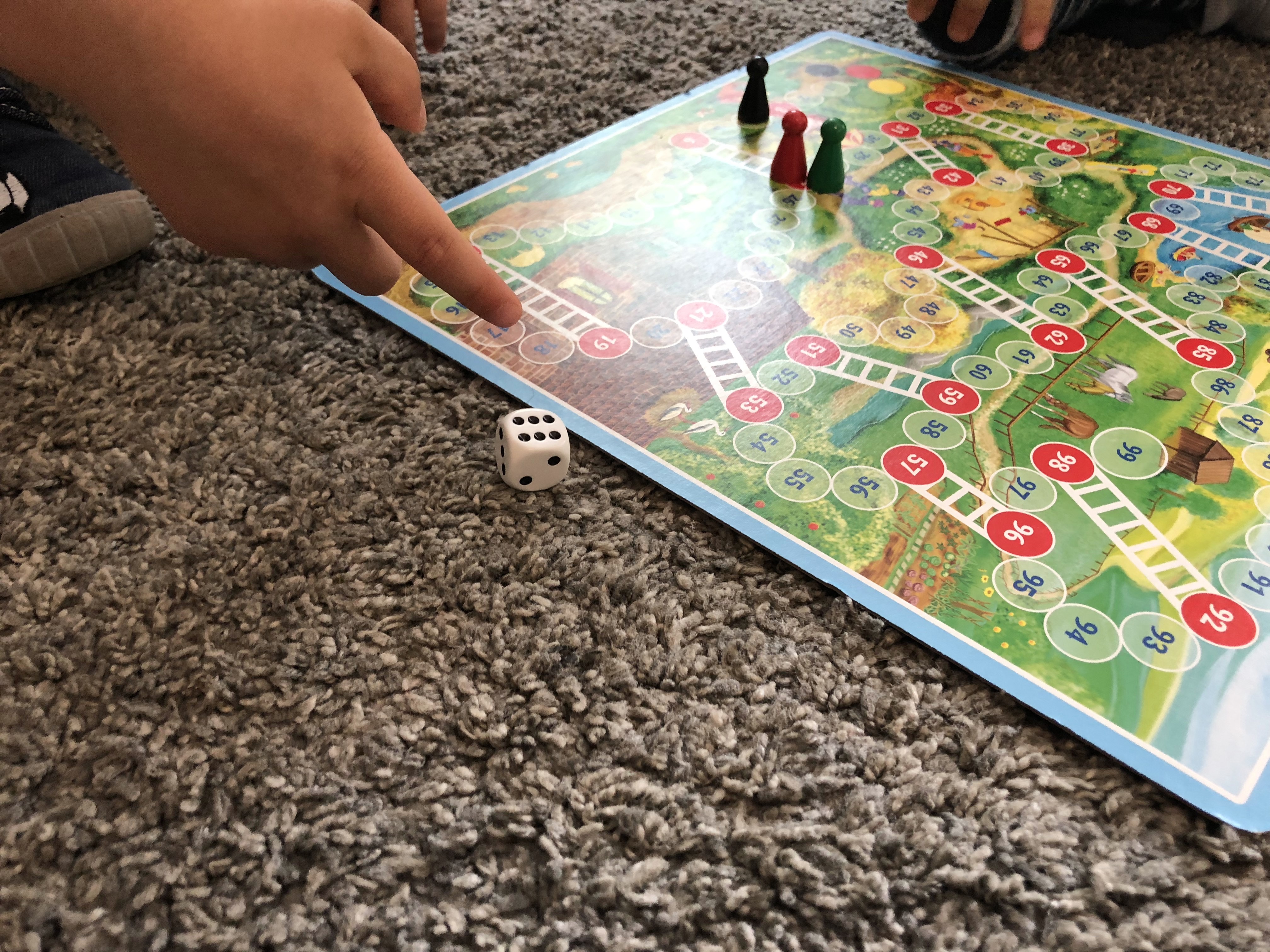
All these kinds of play are important, and some would even say crucial for a healthy childhood. But why?
One part of the answer to this question is evident from just observing children play. The first thing we notice is that they have fun and enjoy the activity. They scream with joy and laugh. Yes, they sometimes fight and argue (which is also essential for development), but entertainment is dominant. So, children play because it is fun, and it makes them happy.
The other part of this answer lies a bit deeper. It is in children's brains.
Play and brain
According to my kids, the brain is the main computer in our bodies, and it controls everything. (You can read more about their thoughts and ideas here).
So, if the brain controls the whole body, and we know it does, then it helps us move, speak, feel, interact with others, and think. In other, more complicated words, it is in charge of physical, linguistic, social, and cognitive development. So, how are play and brain connected?
Well, play is a powerful ally of the brain. If we agree with my kids and think of our brain as a computer, then we can think of play as some kind of software that improves the features of this computer. Children's brains are just astonishing. Did you know that a toddler's brain has twenty billion cells and 50 per cent more nerve connections than the brain in an adult's head?[ii] And it is those connections (synapses) that influence the intellectual abilities of a child. To stimulate the development of these connections, children need exposure to different stimuli. And this is where play becomes essential - it gives children all kinds of sensory, physical, and cognitive experiences. From the outside, it is fun and exciting. From the inside, it sets off fireworks of nerve connections. So, play is beneficial for brain development. But there is much more.
Benefits of play
There is a considerable body of research[iii] relating children’s play to different aspects of their learning and development.
What we can conclude from this research is that:
- Perceiving an activity as play creates active engagement and joy. Because of that, children can remain longer on-task and learn better.
- Playing with other children and adults, watching them, and learning from them may be superior to other ways of teaching and learning, such as exercise books or workbooks.
- Play is a useful tool for children to practice social roles in a safe context and can help them cope with problems in their own way.
- Pretend play could be crucial to the development of language, narrative skills, and emotion regulation.
- Pretend play may relate to learning-to-learn skills.
- Board games (particularly those with numbers) lead to improvements in numeracy/mathematics ability.
- Iterative play may lead to more creative, innovative ways of thinking and problem - solving.
So, we can say that play is imperative for children's development. However, it is not good only for our little people. Did you know that adults benefit from it as well?
Why should grown-ups play?
First of all, it is about happiness. According to the Princeton Affect and Time Study (PATS)[iv], people like to attend sports events, listen to music, go to parties and receptions… but it is playing with children that makes them the happiest. 3,982 participants in this study ranked playing with children above all other activities. (However, I couldn't find “fighting with children to put their toys away after playing” on the list of activities).
Similarly to this research on happiness, Dr Brown[v], the founder of the National Institute for Play, believes that “remembering what play is all about and making it part of our everyday lives are probably the most important factors in being a fulfilled human being.” And no, you don't have to play all the time to feel fulfilled. It is just a little true play from time to time that can spread through our lives and make us more productive in everything we do. Finally, play can foster creativity and help us learn and invent new possibilities for ourselves and our communities. Or at least, some serious grown-ups at MIT think so. They have recognised the importance of play, and now, there is a Lifelong Kindergarten group which aims at engaging people in creative learning experiences[vi]. Resnick, an expert in educational technologies, and the founder of this research group, is convinced that “kindergarten-style learning is exactly what's needed to help people of all ages develop the creative capacities needed to thrive in today's rapidly changing society.” [vii]
Now, having in mind all the benefits of play for children and grown-ups, there is only one thing left to do. Stop reading this article, take your kid, throw some pixy dust, pretend to be a flower, pirate, dinosaur or an astronaut, grab a board game or building blocks and – play!
[i] Kay Redfield Jamison
Contemporary American professor of psychiatry
[ii] Karp, H. (2008). The Happiest Toddler on the Block. New York: Bantam Dell.
[iii] Some of the most relevant studies are described in: Whitebread et al. (2017). The role of play in children’s development: a review of the evidence. The LEGO Foundation, DK. https://www.legofoundation.com/media/1065/play-types-_-development-review_web.pdf
[iv] Krueger, A. (2007). “Are We Having More Fun Yet? Categorizing and Evaluating Changes in Time Allocation.” Brookings Papers on Economic Activity 2; 193–215.
[v] Brown, S. (2009). Play: how it shapes the brain, opens the imagination, and invigorates the soul. New York: Penguin Group
[vi] https://www.media.mit.edu/groups/lifelong-kindergarten/overview/#
[vii] Resnick, M. (2017). Lifelong Kindergarten: Cultivating Creativity Through Projects, Passion, Peers, and Play . MIT Press
